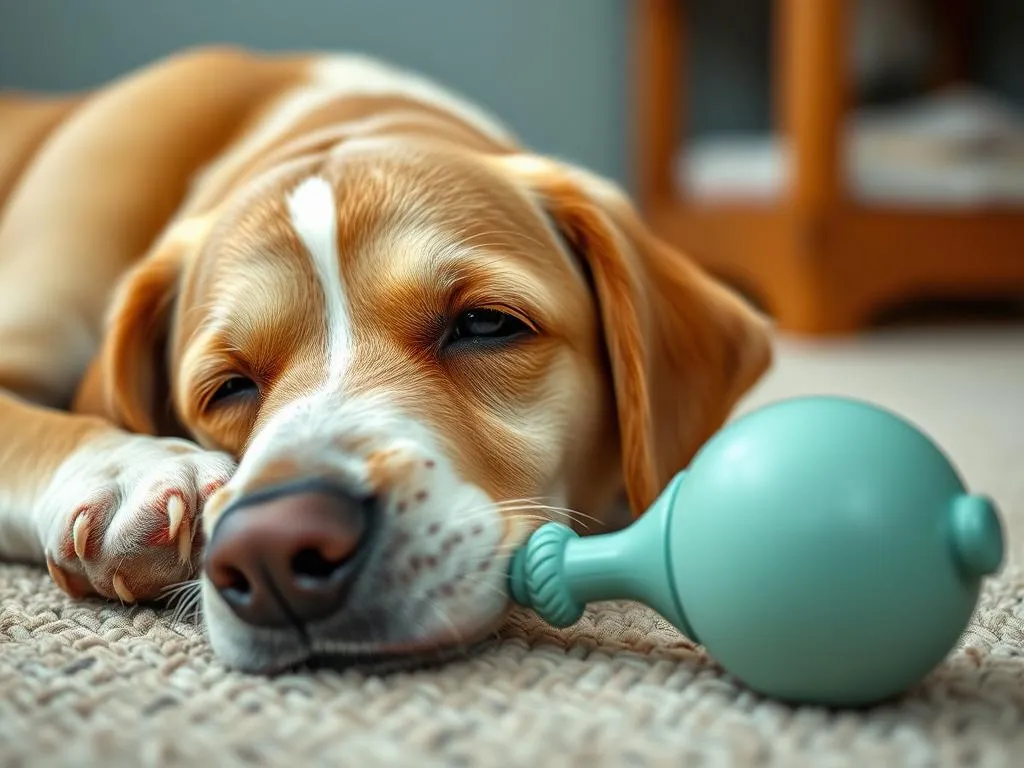
Introduction
Understanding dog behavior is crucial for pet owners who want to foster a healthy and fulfilling relationship with their furry companions. One fascinating behavior that many dog owners observe is when their dogs treat toys like babies. This behavior can be endearing and perplexing, leading many to wonder: why does my dog treat their toy like a baby? In this article, we will delve into the reasons behind this behavior, explore its implications, and provide insights that can enhance your understanding of your dog’s emotional and psychological needs.
Understanding Dog Behavior
The Nature of Dogs
To comprehend why dogs exhibit certain behaviors, it is essential to consider their nature. Dogs are descendants of wolves, and their instincts are deeply rooted in their wild ancestors. Canine instincts include pack behavior, territoriality, and social interactions. Unlike their wild counterparts, domesticated dogs have adapted to live alongside humans, leading to changes in their social structures and behaviors.
Understanding these instincts helps pet owners appreciate why dogs behave the way they do, including their tendency to nurture toys as if they were living beings. This nurturing behavior reflects a combination of instinct, learned behavior, and emotional attachment.
Types of Dog Play
Play is an integral part of a dog’s development and well-being. It helps dogs learn social cues, develop physical skills, and build bonds with their human companions. Different types of play behaviors can be observed in dogs, including:
- Social Play: Engaging with other dogs or humans.
- Object Play: Interacting with toys or objects.
- Exploratory Play: Investigating their environment.
Each of these play types contributes to a dog’s emotional health, making it essential for owners to provide ample opportunities for play.
The Behavior of Treating Toys Like Babies
What Does It Mean?
When dogs treat their toys like babies, they may carry them around, nuzzle them, or even “nurse” them. This behavior can manifest in various forms, such as gently carrying their stuffed toys or fiercely protecting them from other pets. The act of nurturing toys often mimics maternal behavior, leading many owners to interpret it as a sign of affection or maternal instinct.
For example, breeds known for their nurturing tendencies, like Golden Retrievers or Cavalier King Charles Spaniels, may be more prone to this behavior. However, dogs of all breeds may exhibit this nurturing instinct, regardless of their background.
Common Scenarios
This behavior is commonly observed during various scenarios, including playtime and naptime. Many owners report witnessing their dogs snuggling with toys during sleep, treating them as companions. Other instances may occur during play, where dogs exhibit protective behavior over their favorite toys, growling or barking at anyone who approaches.
Anecdotal evidence from dog owners reveals a wide range of behaviors associated with toys, from carrying them around like prized possessions to engaging in elaborate play scenarios that mimic caring for a baby.
Reasons Behind the Behavior
Instinctual Behaviors
One of the primary reasons dogs treat toys like babies can be traced back to instinctual behaviors. Female dogs, in particular, exhibit maternal instincts, especially after having had puppies. This nurturing behavior is rooted in their biology and serves a purpose in wild settings, where nurturing offspring is essential for species survival.
Even without having puppies, female dogs might display this behavior towards toys, reflecting their instinctual drive to nurture. Male dogs, though less likely to exhibit overt maternal behaviors, may also engage in nurturing play, showing that this behavior is not limited by gender.
Emotional Attachment
Dogs form strong emotional attachments to their toys, often viewing them as companions. This bond can be compared to the relationship between a child and their favorite stuffed animal. Toys provide comfort, security, and companionship, especially during stressful times, such as during thunderstorms or when their owners are away.
The emotional significance of toys is evident in how dogs interact with them. Some dogs may even carry their toys to their owners, seeking validation or companionship, which highlights the importance of these objects in their lives.
Stress Relief and Comfort
For many dogs, toys serve as comfort objects. When faced with anxiety or stress—whether due to separation, loud noises, or changes in their environment—dogs may turn to their toys for solace. This behavior can be a coping mechanism, providing them with a sense of security and familiarity.
By treating toys like babies, dogs can alleviate their anxiety, allowing them to feel more relaxed and content. Pet owners should be mindful of their dog’s emotional state and ensure that they have access to comforting toys, especially during stressful situations.
Implications for Dog Owners
Understanding Your Dog’s Needs
Recognizing that your dog treats their toy like a baby can offer valuable insights into their emotional and psychological needs. Observing this behavior can help owners assess their dog’s emotional state and understand the importance of play and companionship in their lives.
Understanding your dog’s needs is not just about providing food and shelter; it involves recognizing their emotional well-being and fostering an environment that encourages healthy behaviors.
Choosing the Right Toys
Selecting the right toys is crucial for catering to your dog’s nurturing behavior. Here are some guidelines to consider when choosing toys:
- Material: Opt for durable materials that can withstand chewing and rough play.
- Size: Ensure the toy is appropriately sized for your dog to avoid choking hazards.
- Type: Consider toys that mimic real-life objects or companions, such as stuffed animals or plush toys, which may be more appealing to nurturing dogs.
Providing a variety of toys can keep your dog engaged and help them express their nurturing instincts in a safe and healthy manner.
Encouraging Positive Behavior
To encourage positive behavior and reinforce healthy play habits, consider the following tips:
- Interactive Play: Engage in play sessions that involve tossing, tugging, or hide-and-seek with toys. This not only strengthens the bond but also encourages your dog to share their toys.
- Redirecting Possessiveness: If your dog shows possessiveness over their toys, gently redirect their attention to other activities or toys to prevent aggressive behavior.
By fostering interactive play and positive behaviors, you can help your dog develop a healthy relationship with their toys and enhance their emotional well-being.
When to Seek Professional Help
Identifying Problematic Behavior
While treating toys like babies is generally a normal behavior, there are instances where it may indicate deeper issues. Signs that this behavior could be problematic include:
- Aggression: Growling or snapping when someone approaches their toys.
- Excessive Anxiety: Constantly seeking out toys during stressful situations without any apparent reason.
Understanding the difference between normal nurturing behavior and problematic behavior is crucial for maintaining a healthy environment for your dog.
Consulting a Veterinarian or Behaviorist
If you suspect that your dog’s behavior might indicate underlying issues, consider consulting a veterinarian or a professional dog behaviorist. These professionals can assess your dog’s behavior, provide insights into their emotional state, and suggest appropriate interventions.
During consultations, you can expect to discuss your observations, your dog’s history, and any specific concerns you may have. This information can help professionals create tailored strategies to address any behavioral problems.
Conclusion
In summary, the question why does my dog treat their toy like a baby? can be answered through a deeper understanding of canine behavior, instincts, and emotional needs. This nurturing behavior is often rooted in instinct, emotional attachment, and the need for comfort. Recognizing these factors can help dog owners foster a better relationship with their pets and provide them with the emotional support they need.
By observing your dog’s behavior and understanding their needs, you can enhance their well-being and create a more fulfilling companionship. Engaging with your dog through play and providing appropriate toys will not only satisfy their nurturing instincts but also strengthen the bond you share.
Understanding dog behavior is an ongoing journey, and as pet owners, we have the privilege of learning and growing alongside our beloved companions.









